When global development professionals need to make a decision about which technologies to use in their work, we’d like for E4C’s growing Solutions Library to be their first stop. The other Research Fellows and I have investigated hundreds of products for comparison across numerous performance parameters. Designers, engineers and practitioners to compare, for example, two brands of concrete biosand filters (Ideas at Work vs. BushProof).
Here we present the list that we use ourselves. It’s our internal go-to set of resources for building materials and methods in resource-constrained environments.
But when information is needed about raw materials such as bamboo, or for construction techniques such as mixing concrete by hand, we didn’t want to reinvent the wheel. So the Fellows who specialize in housing, including myself, have reviewed resources that other organizations have already compiled.
Here we present the public debut of our formerly internal list of top resources for building professionals working in resource constrained environments. We hope that our readers will find the methods that are best for them in combination with building materials in our Solutions Library. The following five resource libraries vary in depth and structure but have proven to be useful references for questions on everything from plastering to plumbing.
Appropriate Building Materials
This list is consolidated from a printed catalog published in 1988, and is linked through its table of contents. More comprehensive than in-depth, the links take you through fundamentals of materials and measures, followed by informative chapters on roofs, walls, floors and foundations. The site’s design is minimalist and looks like it may not have changed much since the year the catalog was digitized, though it is easy enough to navigate.
Build Change
Build Change’s repository (under the “Resources” tab) is divided into building materials, new construction, retrofitting, visual media and post-disaster assessments. Each are sub-categorized into regions including China, Haiti, Indonesia and Nepal. The list is well organized, though the content relates primarily to the projects that their team is working on in the field.
CD3WD
This relic of the Internet of the 1990s may be the most obscure of the resources we have found. It is an enormous list of PDFs in a rough, disjointed alphabetical order, ranging from agriculture to woodworking, passing through topics such as food processing, construction, concrete and much more. In some cases, there are even complete books available. The list is somewhat difficult to navigate, but there are a few gems such as this Roof Truss Guide, and this Education for Reconstruction document, hidden within the cascade of links and text.
Engineers Without Borders – USA
This list is a favorite as it is easily searchable and user friendly. With hundreds of PDF documents available for free download, the search feature on the left of the page allows the user to quickly filter out relevant documents for review. These links cover numerous technical aspects of development, as well as guidance on procedural steps such as assessments, operations, and maintenance.
Practical Answers
The Practical Answers resource library (also available in a useful mobile application) is a good combination of organization and quantity of material. Divided into broad categories, topics range from transportation and infrastructure to livestock and economic development. The Construction sub-category covers masonry, earthen construction and more. Documents are available in a handful of languages which the user can filter out.
WikiHouse (coming soon)
A newcomer to the construction scene, Wikihouse is a collaborative research and development project seeking to revolutionize the way homes are built. The website is still under construction, but the first technology it will feature will be “Wren,” a kind of digital Lego. Wren is the first building system designed for open digital manufacturing. It can be shared and written as code. Parametric design uses open data to calculate cost, time, performance and impact and to produce manufacturing information.
Charles Newman is an E4C Research Fellow and an architect who has designed and built hundreds of structures across East Africa. Much of his work has blended unconventional building materials with traditional, established construction methods.

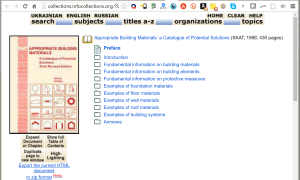
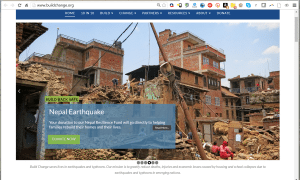
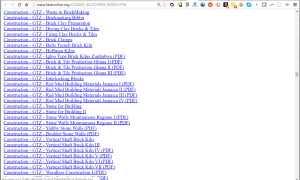
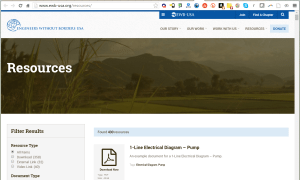
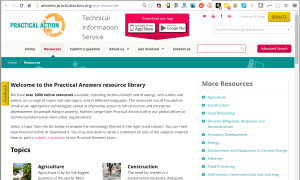
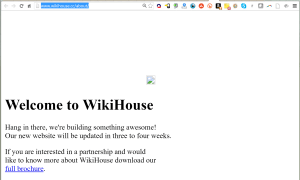
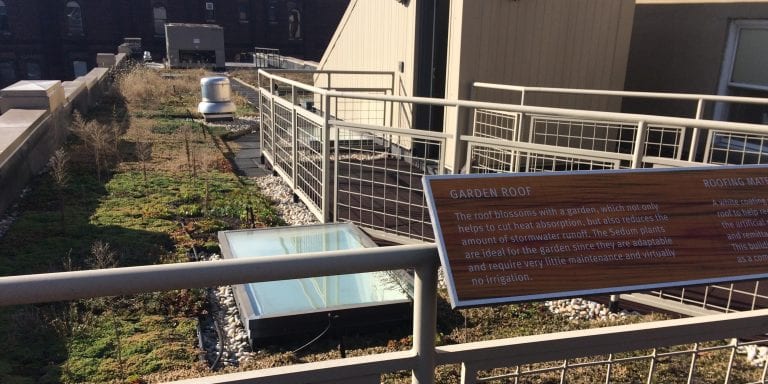
We will be very grateful to partner you in Ghana. Our Organization is an NGO INTO AGRICULTURE AND HOUSING. We have read much about you in the appropriate technology magazine and we appreciate your activities to our satisfaction hence the need to work together.
Alright. I have churned out a few appropriate tech projects especially in the water sector – namely an innovative (clean) rain harvesting system, and spring development. I came up with these technologies while engaged as a lecturer and has not as yet set up any organisation to implement them on large scale nationwide basis – though I have been able to translate my ideas into what I may describe as “working prototypes”. I don’t really know how and what you heard about my activities in this area.
It will thus interest me to know from your end to what extent you might, as you put it “partner” me in Ghana. In a nutshell, if partnering with me will eventually benefit society in Ghana and/or elsewhere in Africa or the world at large, I would welcome it. No doubt I have other ideas and capabilities that can impact positively on society.